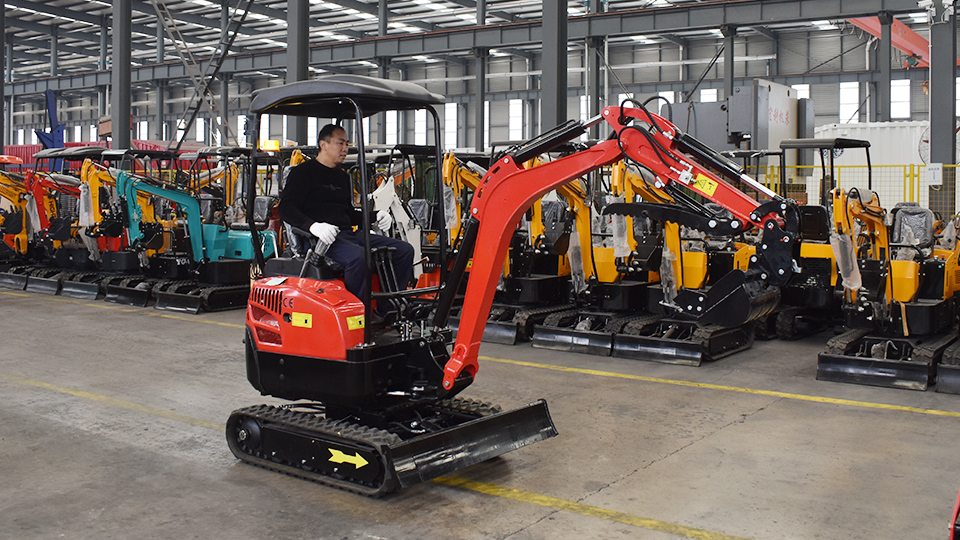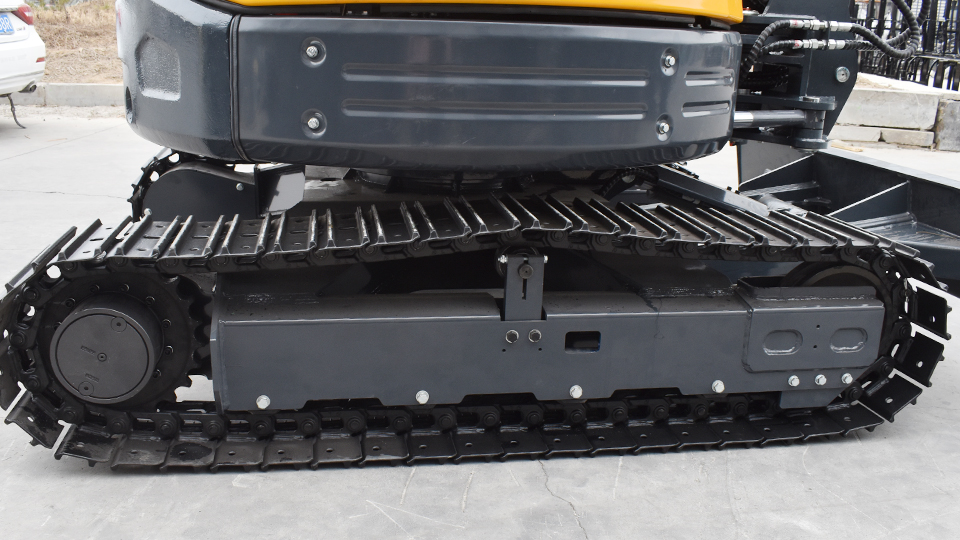Excavators are indispensable workhorses on construction sites, mining operations, and various other heavy-duty projects. Their robust design and powerful hydraulic systems enable them to tackle challenging tasks, but like any complex machinery, excavators require diligent maintenance to ensure longevity, optimal performance, and operator safety. This article delves into the essential aspects of excavator maintenance, covering daily, weekly, monthly, and annual procedures.
The Importance of Preventative Maintenance
Preventative maintenance is the cornerstone of excavator upkeep. By adhering to a regular maintenance schedule, operators and mechanics can:
Extend Equipment Lifespan: Regular servicing minimizes wear and tear, prolonging the excavator's operational life.
Reduce Downtime: Proactive maintenance identifies and addresses potential issues before they lead to costly breakdowns.
Enhance Safety: Well-maintained excavators operate more safely, reducing the risk of accidents and injuries.
Improve Efficiency: Properly maintained machines operate more efficiently, maximizing productivity and fuel economy.
Minimize Repair Costs: Early detection of problems can prevent them from escalating into major, expensive repairs.

Daily Maintenance Checks
Daily inspections are crucial for identifying and addressing immediate issues that could affect the excavator's performance or safety. These checks should be conducted before each workday:
Visual Inspection:
Inspect for leaks (hydraulic fluid, engine oil, coolant).
Check for damaged or loose components (hoses, belts, tracks, buckets).
Examine the undercarriage for debris or damage.
Inspect the cab for cleanliness and proper operation of controls.
Fluid Levels:
Check engine oil level and add as needed.
Check hydraulic fluid level and add as needed.
Check coolant level and add as needed.
Check fuel level and refuel as necessary.
Lubrication:
Grease all pivot points, including boom, arm, and bucket pins.
Lubricate the swing bearing and other moving parts.
Track/Tire Inspection:
Check track tension or tire pressure.
Inspect for damage or excessive wear.
Remove any debris stuck in the tracks.
Operation of Controls:
Verify proper operation of all controls (joysticks, pedals, switches).
Test the horn, lights, and other safety devices.
Weekly Maintenance Procedures
Weekly maintenance tasks are more in-depth and address longer-term wear and tear:
Fluid and Filter Checks:
Check the condition of engine oil and hydraulic fluid.
Inspect and clean or replace air filters.
Inspect and clean or replace fuel filters.
Check the condition of the hydraulic filters.

Track/Tire Maintenance:
Inspect track tension or tire condition again.
Check for loose track bolts or wheel nuts.
Undercarriage Inspection:
Thoroughly inspect the undercarriage for wear and damage.
Check rollers, idlers, and sprockets.
Hydraulic System Inspection:
Inspect hydraulic hoses and fittings for leaks or damage.
Check hydraulic cylinder rods for damage.
Battery Maintenance:
Clean battery terminals and check electrolyte level.
Ensure battery cables are securely connected.
Monthly Maintenance Tasks
Monthly maintenance focuses on more comprehensive checks and adjustments:
Fluid Analysis:
Consider sending oil and hydraulic fluid samples for analysis to identify potential issues.
Engine Inspection:
Inspect engine belts and hoses for wear or damage.
Check engine mounts for tightness.
Inspect the exhaust system for leaks or damage.
Cooling System Inspection:
Check the condition of the radiator and coolant hoses.
Inspect the cooling fan and water pump.
Swing Bearing Inspection:
Inspect the swing bearing for wear and proper lubrication.
Check swing gear backlash.
Electrical System Inspection:
Check the condition of wiring and connectors.
Test the alternator and starter.
Annual Maintenance Procedures
Annual maintenance is a comprehensive overhaul that addresses long-term maintenance and component replacement:
Major Fluid and Filter Changes:
Replace engine oil, hydraulic fluid, and coolant.
Replace all filters (engine, hydraulic, fuel, air).
Component Inspection and Replacement:
Thoroughly inspect all major components (engine, hydraulic system, undercarriage).
Replace worn or damaged components as needed.
Hydraulic System Overhaul:
Consider a complete hydraulic system flush and inspection.
Replace worn or damaged hydraulic hoses and cylinders.
Undercarriage Overhaul:
Inspect and replace worn track components (rollers, idlers, sprockets).
Check track alignment and tension.
Engine Overhaul:
Consider a major engine tune-up or overhaul.
Check and adjust valve clearances.
Safety System Inspection:
Inspection of roll over protection systems(ROPS) and falling object protection systems(FOPS).
Inspection of all safety switches.
Key Considerations
Manufacturer's Recommendations: Always consult the manufacturer's service manual for specific maintenance recommendations and schedules.
Operator Training: Ensure operators are trained on daily inspection and lubrication procedures.
Record Keeping: Maintain detailed records of all maintenance activities.
Qualified Technicians: Utilize qualified technicians for major repairs and overhauls.
Environmental Factors: Adjust maintenance schedules based on the operating environment (dust, extreme temperatures, etc.).
Conclusion
Proper excavator maintenance is essential for ensuring longevity, optimal performance, and operator safety. By adhering to a comprehensive maintenance schedule that includes daily, weekly, monthly, and annual procedures, businesses can minimize downtime, reduce repair costs, and maximize the efficiency of their excavators. A well maintained excavator is a safe and profitable excavator.
Post time:Sep-25-2020
